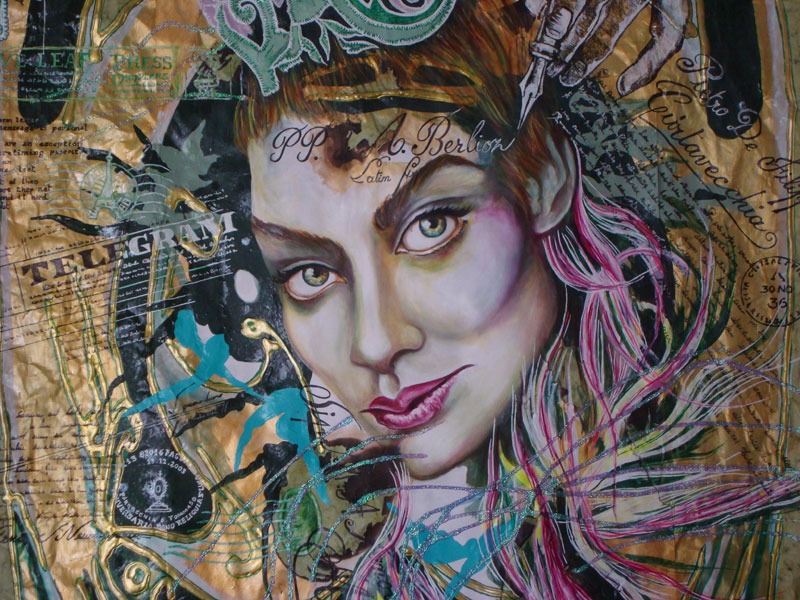
Metropolitain
By Al Gord
Gabriela Farnell was born in Buenos Aires, Argentina, where she works and continues to reside today. She was featured in Niji Magazine a few years ago and we were fortunate to be able to follow up with her and learn more about her, while also getting her perspective on the art world.
Gabriela, can you share with the readers a little bit about you.
If you ask me to define myself in a few words, I would tell you that I am a self-taught plastic artist. Through both perseverance and stubbornness I have dedicated most of my life to art, regardless of the acceptance and financial recognition of my work. But for me I do not see that as a bad thing since my creative freedom and complete enjoyment of the creative process has never been influenced by anything beyond my own whims and feelings.
You mention that you are a “plastic” artist. Can you share with us how you define that term?
A “plastic” artist is defined as one who uses materials that will be modified based on his/her creative actions. Personally, I have always understood this modification as starting from a blank sheet or canvas and allowing free thought and creative play to guide the art process. By starting without any pre-conceived ideas, I am able to create a personally meaningful and unique image that impacts the viewer.
I find it extremely powerful that you have not been influenced by others and that you have stayed true to your beliefs as an artist. How did you find your way into the art scene and how was your work received?
I always drew, from a very young age. I have a certain natural ability and I constantly practiced which allowed me to draw quite well as an adolescent. But at that time, being a draftsman was not something that was seen as valuable or defined; it was as if drawing was not an artistic discipline in itself. I understood that I had to be a painter – even if I painted very poorly – and I insisted for years on trying to master oil, something in which I did not succeed.
Today I see that what I was trying to do was to continue drawing but with the brush, which made my work very rigid and forced. I gradually started cheating and through the mixture of techniques I found an intermediate path, something atypical but fun, between drawing and painting. There was a time when I applied for painting contests and they rejected me because my work didn’t qualify as “painting” and when I submitted my work under the drawing discipline they rejected my art as it was not considered a “drawing”. In other words, my art was somewhere in the middle but without being seen as a distinct art from. Eventually they began to consider mixed techniques as a hybrid discipline; that is where I found a place to sneak into the art world.
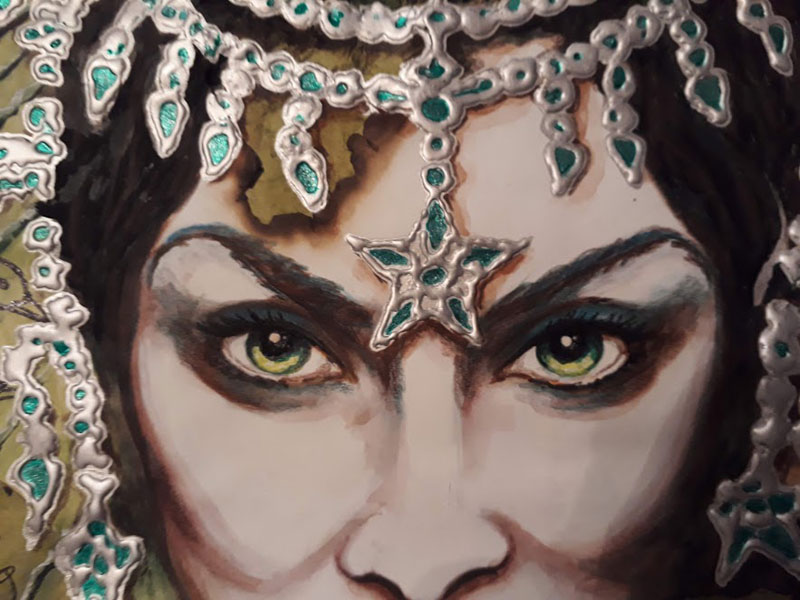
La Vie en Rose
After finding your niche in the art world, how would you describe your style?
My work is somewhat excessive in that I suspect that I could always have stopped a few steps earlier, but the layers of depth is important to me. I want my art to be playful, yet embedded with a very traditional concept of beauty. My art is intended to give the viewer the possibility of multiple perspectives. Since I consider myself a kind person, I want to believe that my works are also kind; they are not intended to impose values or morals. Rather they are created to engage the viewer in conversation and to allow the audience to discover their own individual significance contained within this intimate experience. I hope that each work generates a unique story and experience, one that is completely alien to me, but personal for the viewer. At the end of the day the artist is not the important thing, the subject matter and the message that one takes from my works of art is what matters.
Having such a unique style, where do you get your inspiration from?
Everything interests me and everything inspires me. I am as complex as my work, always as close to “too much”. In general, I start the composition of a work with something that I personally like (a face, the line of a neck, an expressive hand, a certain look). But later the same work is self-determining, it defines what it wants or what it needs. I see an artist as someone who is capable of fulfilling the mandate that the work imposes, be it forms, colours or textures until there is aesthetic unity – a sense of harmony and beauty in the piece. It may not be “pretty” in the common sense of the word – but there is the feeling where I know the work is complete, one where the piece captures the viewer and has a sense of wholeness. For me I know the piece is done when it does not “call to me” anymore.
Over the years I have created many works that I describe as “unfinished”, which I abandoned because I couldn’t follow them, and there are some that after photographing and uploading to my blog, in their unfinished form, received more feedback than those that in my opinion were finished. I discovered that the unfinished pieces were significant for some viewers. While I cannot make the connection, I think it is powerful how different people relate to art in all forms and stages. The ability for some to connect with my unfinished works, convinced me of the absolute independence of the work from its creator.
I find that as artists we create certain pieces that become personally significant. Do you have a piece which you feel is especially rewarding or which has personal significance to you?
The work “Autonomy of Beauty”, which is from 1991 and belongs to a series inspired by the “Flowers of Evil” by Charles Baudelaire. That work traveled to the United States and was supposedly sold to one of the Harlem Globetrotters. This is a story where I never had any details because the gallery owner that was involved in the transaction disappeared, leaving me and other artists without explanation or accountability for the alleged sales. I was very young and far from being distressed or angry. That situation was an incentive for me: someone had taken an interest in my work to the point of reportedly buying it! I view that moment as the real beginning of my career. It gave me the confidence and the push to show my work internationally; encouraging me to take risks in order to grow. That is why I use a fragment of “The Autonomy of the Beauty” as an avatar for social networks and as a profile photo. I feel my destiny as an artist is connected to that old lost work and its unknown whereabouts.

Autonomy of Beauty
Gabriela, I know that while your art is one form of expression, you also find other ways to communicate with others. Can you tell us more about your writing?
I have a blog, Espacio Farnelliano, gabifarnell.blogspot.com, which acts like an artist’s diary. It allows me to share the intimacy of the “back room” – a behind the scenes look at my art. At the same time it works as an axis to ground and support me when everyday reality mistreats me a little. It is not always easy to dedicate yourself to art. It is expensive and therefore it seems an unnecessary luxury for those who believe that we should dedicate ourselves to more economically productive careers. When doubts arise, I find that journaling in my blog provides me the satisfaction I need on those dark days. It acts as a remedy for me, something I hope will also serve as an incentive for any other artist who faces the dilemma of doing what we are passionate about or surrendering to the beliefs of society by focusing on a more economically secure career. I hope that when others read my blog, they see that I am passionate in my belief that art is worthwhile.
In closing are there any messages that you hope others take away from your art?
I hope that anyone who contemplates my works can share and experience some of the enormous pleasure that creating the pieces had for me. Whether it is for the aesthetic enjoyment, a touch of intellectual curiosity when unraveling the work, or the mere enjoyment of the forms and the color, I hope that each viewer find happiness and a connection to my work. Beyond that I believe that as an artist my mission is to invite the joy of creative play and the unsurpassed experience of art to others.
To learn more about Gabriella and see her beautiful works of art, you can follow her on her social media sites: Instagram, Twitter
and Facebook and through her blog.


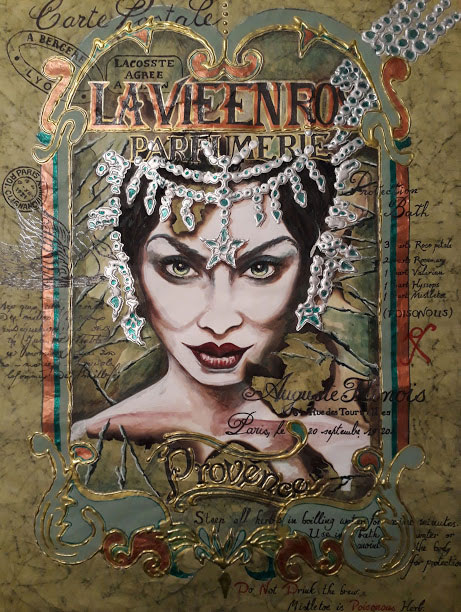

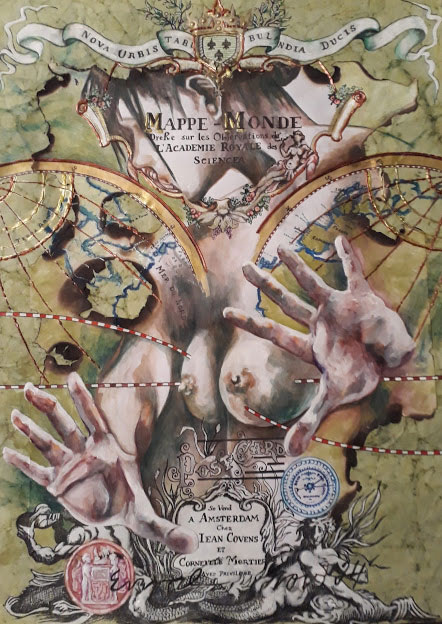
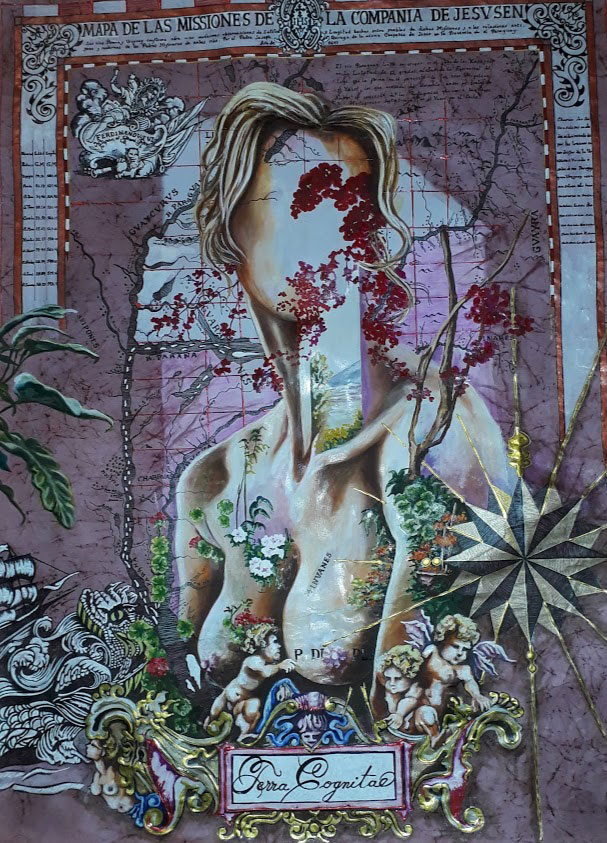
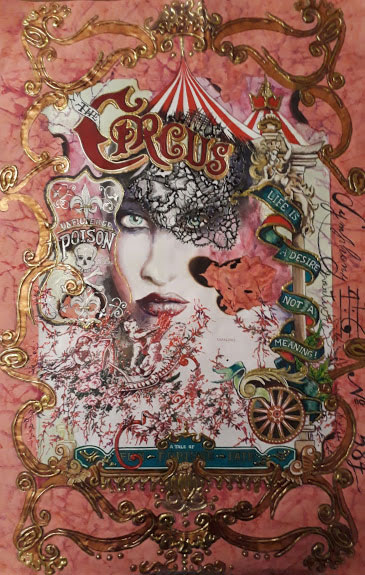

Leave a Reply